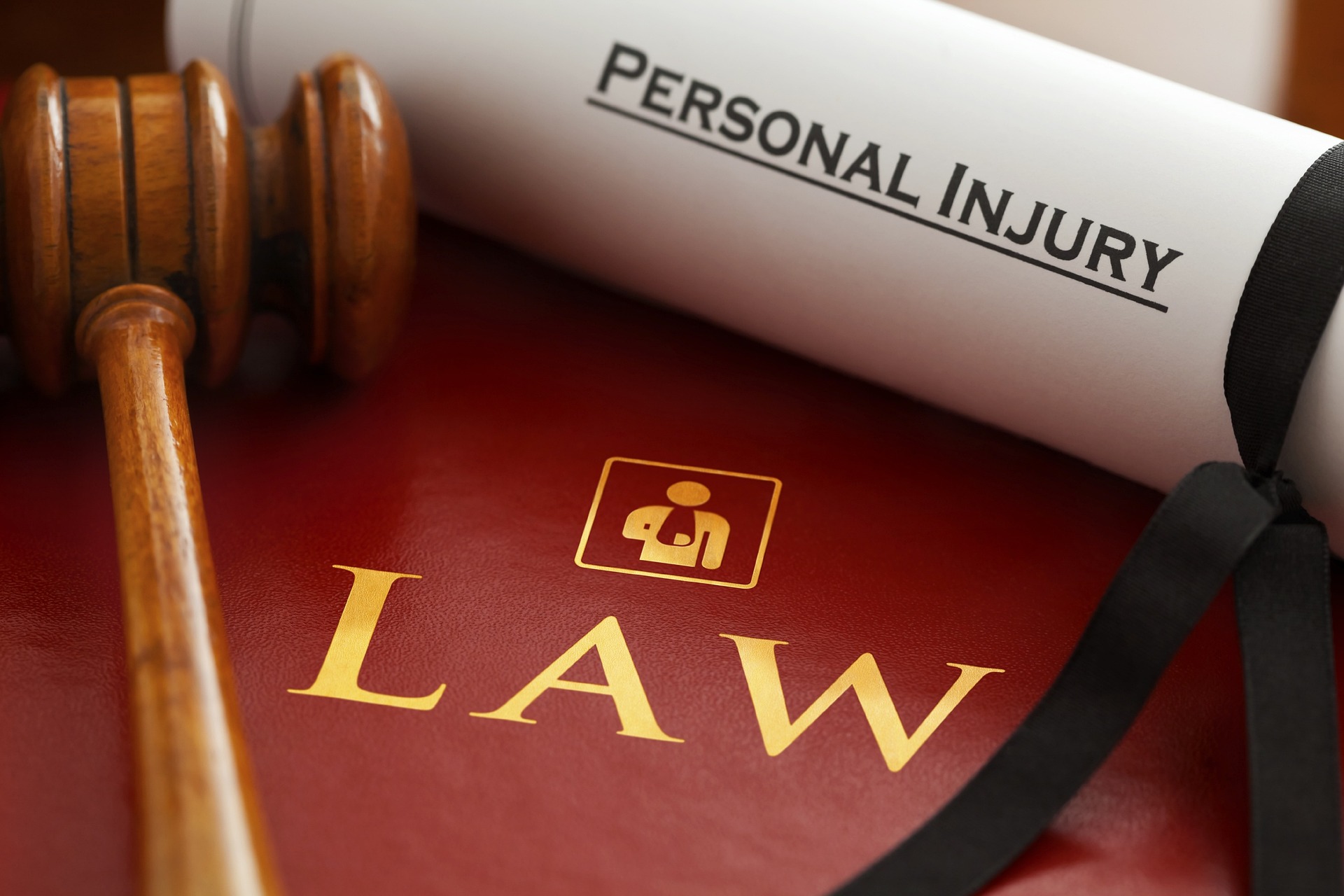 If you’re considering filing a personal injury claim, you may wonder how to get a fair and adequate settlement. Here are some of the basics you’ll need to know.
If you’re considering filing a personal injury claim, you may wonder how to get a fair and adequate settlement. Here are some of the basics you’ll need to know.
Table of Contents
Identifying the At-fault Party
Identifying the at-fault party is an important part of the process when you are involved in a car accident. The person responsible will pay for your injuries, vehicle damage, and property damage.
Whether seeking a Personal Injury Settlement or filing a lawsuit, determining who is at fault can be a complicated task. Many states have laws that are complex and vary from state to state. However, common sense can help you make your decision.
If you are a driver, you are required by law to follow traffic rules and avoid causing an accident. If you fail to do so, you are considered negligent. In some states, you may even receive a citation.
A police report is necessary for evidence when determining who was at fault in an accident. An officer will examine your vehicle, ask pertinent questions, and identify the at-fault party.
Insurance companies will also use your driving record to determine who is at fault. They will evaluate the time, place, and circumstances of the accident. Depending on your coverage type, they may request a copy of your police report or seek legal advice.
Liens in a Personal Injury Settlement
A lien is a legal claim against a specific amount of money. Typically, it is a hold on funds held at the end of a judgment or settlement.
Liens are placed by medical providers, insurance companies, and hospitals, among others. These claims can affect the amount of money you receive in a personal injury settlement. However, liens are often not repaid if you lose your injury case.
An employer or other party may also assign a lien. This can be a useful tool for resolving disputes. Sometimes, the lien holder will receive the first payment from the judgment or settlement. It will then be used to pay off the third party’s debt.
There are several types of liens, including medical, insurance, and government liens. Understanding these liens is essential for anyone involved in a personal injury settlement.
Medical liens are a common type of lien. The hospital or doctor may place a lien on your injury settlement for the unpaid medical bills they have incurred.
Getting an Attorney for Settlement Negotiations
Getting an attorney working with you during settlement negotiations can make the process go smoothly. You will know what to expect, and you can be sure your lawyer will be fighting for you.
During the settlement negotiation process, your lawyer will work to determine the strengths and weaknesses of your claim. They will also look for admissible evidence to substantiate your injuries.
The insurance company wants to close the claim as quickly as possible. Depending on the circumstances, they may offer you a lower settlement than you requested. However, you have a right to ask for a higher amount. If you do not accept the offer, the case will be decided by a judge or jury.
You will likely receive a higher settlement when you hire a personal injury attorney. This is because seasoned attorneys have the experience to negotiate directly with insurance companies and defense lawyers. They know what constitutes a “good” settlement offer.
During the negotiation process, your lawyer will review the documentation you have, including police reports, medical records and other proof. These documents can help to substantiate your injuries and the extent of your damages.







